Stroke - signs and symptoms
Stroke is often referred to by doctors as a cerebrovascular accident, but the term is not an accurate one since stroke is rarely an 'accident'. The underlying conditions of a stroke (called cerebrovascular disease) are usually present for years before a stroke occurs, although the symptoms of a stroke may occur suddenly.
There are sometimes quite specific warning signs of an impending stroke. By recognising the warning signs and taking action, you may be able to prevent a stroke or reduce its severity. It is important to be able to recognise the warning signs in order to get medical help as quickly as possible.
Transient ischaemic attacks
Transient ischaemic attacks (TIAs) are caused by a temporary cut in blood supply to the brain, due to the partial blockage of an artery by a blood clot or debris. TIAs have the same symptoms as a stroke, but they are temporary and do not usually cause long-term brain damage.
A TIA, or mini-stroke, is a warning of an impending stroke. A person who has had a TIA is at greater risk of having a stroke or heart attack. Early identification of symptoms and a diagnosis from your doctor greatly reduces the chances of a major stroke.
A TIA is:
- Transient – symptoms usually last for less than 24 hours.
- Ischaemic – failure of blood flow to part of the brain or eye.
- Attack – sudden onset of symptoms, which vary from person to person depending on which part of the brain or eye is starved of blood.
Symptoms of a TIA are very similar to those of a stroke. They can include:
- A numb or weak feeling in the face, arm or leg
- Trouble speaking or understanding
- Unexplained dizziness
- Blurred or poor vision in one or both eyes
- Loss of balance or an unexplained fall
- Difficulty swallowing
- Headache (usually severe or of abrupt onset) or unexplained change in the pattern of headaches
- Confusion
- Unconsciousness.
FAST stands for:
- Facial weakness – can the person smile; have their mouth or eyes drooped?
- Arm weakness – can the person raise both arms?
- Speech difficulty – can the person speak clearly and understand what you say?
- Time to act – act FAST and call 000 immediately.
Symptoms occur in a variety of ways
The warning signs or symptoms of stroke may occur alone or in combination. They may last a few seconds or up to 24 hours, and then disappear. These signs are mini-strokes and should not be ignored. They indicate a hidden problem with blood flow, which could trigger a stroke. The severity of the symptoms depends on the area of the brain affected and the cause.
Where to get help
- If you experience symptoms of a stroke, dial triple zero (000) for an ambulance or get to the emergency department of your nearest hospital immediately
- Your doctor
- National Stroke Foundation Tel. (03) 9670 1000 or 1800 787 653
- The symptoms of stroke can occur suddenly.
- Transient ischaemic attacks (TIAs) are an important warning sign that a stroke may occur in the future.
- Early identification of symptoms and a diagnosis from your doctor greatly reduces the chances of a major stroke.
Stroke - the after effects.
Stroke - the risk factors.
Stroke and high blood pressure.
Stroke and migraine.
Stroke can occur in children.
Stroke is a brain attack.
Stroke prevention.
Stroke prevention for high risk groups.
Stroke risk - quiz.
Transient ischaemic attack.
Want to know more?
Go to More information for support groups, related links and references.
http://www.betterhealth.vic.gov.au/bhcv2/bhcarticles.nsf/pages/Stroke_signs_and_symptoms?open




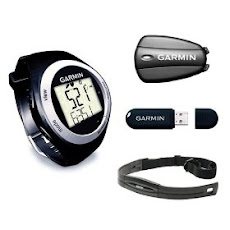
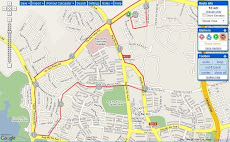
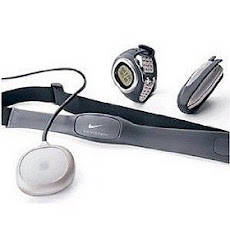
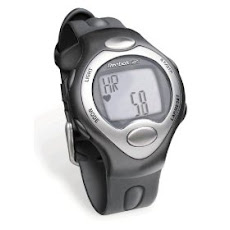
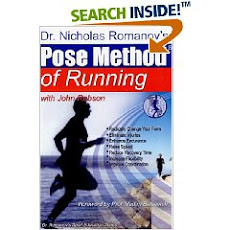
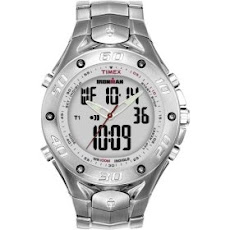



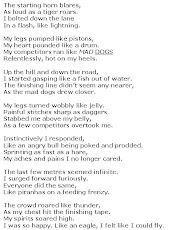

No comments:
Post a Comment